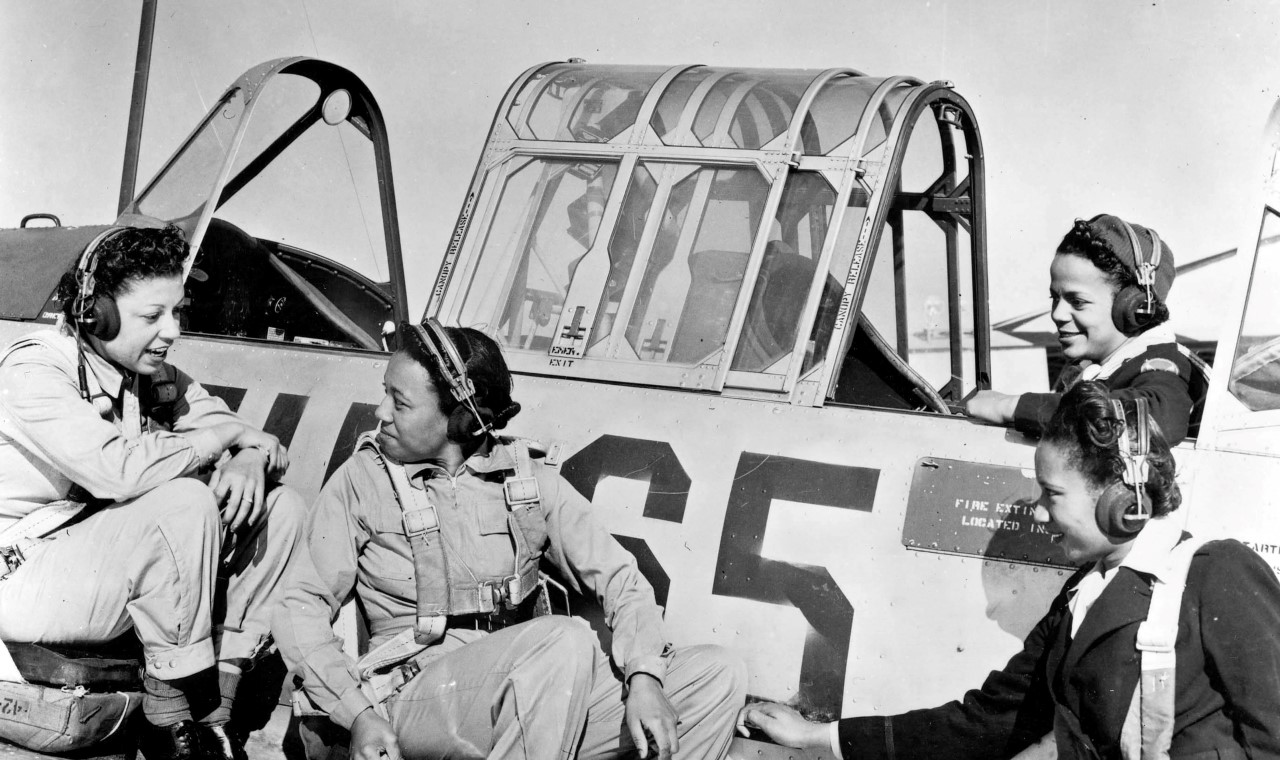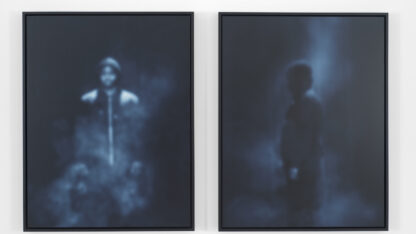The photos of P.H. Polk were radical in the early 20th century. At a time when most images of African Americans appeared through the lens of Jim Crow segregation, Polk captured the authenticity of Black people with pride and dignity. A series of Polk’s photos, “Unframed Images,” is on view at the Wren’s Nest Historic House Museum. Professor Dana Chandler, the university archivist at Tuskegee University, curated the exhibition and joined “City Lights” host Lois Reitzes via Zoom to discuss the collection.
Interview highlights:
Polk’s tutelage under Tuskegee principal Booker T. Washington:
“By 1916, he enrolled in evening classes at what was then called the Tuskegee Normal Industrial Institute, now called Tuskegee University,” Chandler said. “Polk intended to study art, and Booker T. Washington quickly informed him that they didn’t have any art classes. They did have, though, a photography division and Polk took to that rather quickly.”
“Booker T. Washington was very pragmatic, and … his philosophy, his pedagogy was to teach the students to become teachers themselves,” Chandler said. “That’s what his whole goal was, and primarily it was set up to work with things like plumbing, carpentry, et cetera. He was not interested in the arts at all. Later on, the arts will play an important role in Tuskegee having its own theater and artists-in-residence, et cetera. But at the time of Booker T. Washington, not so much.”
Learning to “read light like you read a newspaper:”
“What [Washington] didn’t realize was that Polk took this notion of Rembrandt paintings to a next level with his photography,” Chandler said. “Because that’s exactly what he did. He used Rembrandt lighting in his photographs, and in those photographs that we have on display in the traveling exhibit, you’ll see some of that very interesting play on light and dark.”
Chandler explained, “What he would do is he would photograph people so that it emphasized their features while deemphasizing the stuff around them. One of my favorite photographs that’s not a part of the display that we found later on was a photograph of Martin Luther King giving a speech here on campus in 1958. The photograph itself is amazing in that he takes the photograph while Martin Luther King is at a podium speaking, and the light is such that … behind him against the curtains is this huge shadow of the man. So the shadow was bigger than the man. I think that’s amazing because all photographs tell a story, and that’s exactly what he was trying to do here.”
What Professor Chandler hopes visitors learn from the Polk exhibit:
“I want people to get two things. Number one, how important photographs were to African Americans at that time,” Chandler said. “Prior to this, there were very few images featuring people of color anywhere. What few that had been done, like the book ‘Roll Jordan Roll,’ which was a book about the Gullah and had wonderful photographs in it, they would cut the photographs out of that book and put them on the walls of their homes, and throw the book away, just so they can have these images.”
“I want people to understand that small places like Tuskegee … have these rich collections of materials that could be considered as artwork, and we have them available. We’re relevant, and people need to realize that this stuff is available to be used. Let me give you one more instance. There is an image out there that’s been published for years and years showing Eleanor Roosevelt in a plane with one of the Tuskegee airmen. I’m sure you’ve seen it. Many, many, many people throughout the years have said to me that that image was taken by the federal government. It was not taken by the federal government. We have a negative here at Tuskegee. It is a P. H. Polk original.”
“Unframed Images: Photography from the Collection of P.H. Polk” is on view at the Wren’s Nest Historic House Museum through July 30. More information is available at www.wrensnest.org/event/unframed-images-photography-from-the-collection-of-p-h-polk/.









